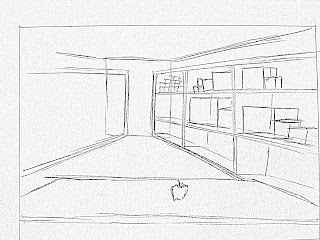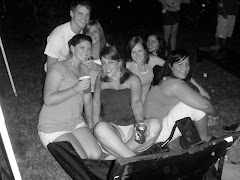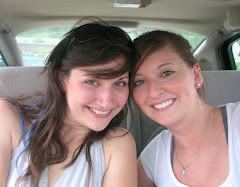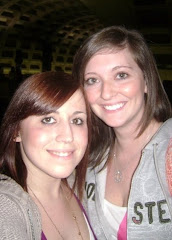
Guerilla Marketing:
The dramatization of political and social issues, typically performed outdoors, e.g. in the street or a park, as a means of protest or propaganda. Guerilla: a member of a small independent group taking part in irregular fighting, typically against larger regular forces Marketing: the action or business of promoting and selling products or services, including market research and advertising.

Product:
TATTOO When you see that a person has a tattoo, the first thing you want to do is read it, then always ask "What's that about? What's that mean?" We all know at this point the the words BUS|SHELTER|BUS are very puzzling together, so what better way to spread the word through a mystery and an explanation to go with it? *This was a mistake that turned out favorable in the end: YES! I did accidentally carve the stamp backwards, but I think that it works very well with the mystery of the situation.


People:
To advertise our Community By Design studio our group created these t-shirts for people to wear on and off campus. The front our shits say BUS/SHELTER/BUS UNCG:IARC and on the back it says "We Got U Covered!" We hope that the shirts will make people ask questions and want more information on what we do here in IARC! At first the shirts on people were going to be something like a movement or protest-esque kind of thing. Think: about 20 people wearing all white laying on the grass all day, kind of thing, or the orange "orphan" shirts that students at UNCG wore last year.


Place:
We would market our Community By Design studio mainly on College Ave and other sidewalks throughout campus & off campus. We would include our website and current information on our projects.



Http:
This banner communicates to internet users. The scale and colors catch your eye and the words are confusing enough to make you wonder. Clicking the banner will take you to the "communitybydesign" blog! AND this banner is spreadable by copying the html code into your own webpage!


 Marian Mahler’s swinging mobile curtain is a prime example of fascinating deco art from the 1950’s. David Whitehead Ltd. manufactured this contemporary screen-printed cotton fabric, in three different colors, and it is approximately 50’ wide. The deco art movement was based purely on decoration, as seen in Mahler’s curtain, and not on political or philosophical roots. The curtain also exemplifies a style of elegance and functionality that celebrates the Machine Age through the use of man-made materials. Mahler’s uses of repetition with the swinging mobiles are symmetrical which relate back to the designs of Asian and Middle Eastern influences. Mainly movements before the 1950’s, such as Neoclassical, Constructivism, Cubism and Art Nouveau, influenced designers such as Mahler, Eileen Gray and Jules Leleu. After spreading from the states to as far as Brazil and the UK deco art slowly came to an end after reaching mass production when it began to be derived as flashy and presenting a false image of luxury.
Marian Mahler’s swinging mobile curtain is a prime example of fascinating deco art from the 1950’s. David Whitehead Ltd. manufactured this contemporary screen-printed cotton fabric, in three different colors, and it is approximately 50’ wide. The deco art movement was based purely on decoration, as seen in Mahler’s curtain, and not on political or philosophical roots. The curtain also exemplifies a style of elegance and functionality that celebrates the Machine Age through the use of man-made materials. Mahler’s uses of repetition with the swinging mobiles are symmetrical which relate back to the designs of Asian and Middle Eastern influences. Mainly movements before the 1950’s, such as Neoclassical, Constructivism, Cubism and Art Nouveau, influenced designers such as Mahler, Eileen Gray and Jules Leleu. After spreading from the states to as far as Brazil and the UK deco art slowly came to an end after reaching mass production when it began to be derived as flashy and presenting a false image of luxury. Guerilla Marketing:
Guerilla Marketing: Product:
Product:
 People:
People:






 For our Shelter:Bus charette we chose to create two different types of buses. One included a cafe with lounge area and entertainment downstairs with tables in an open comfortable sitting area upstairs. The other bus model included a sleeping area with bathrooms. Below are pictures of our process with sketches and our final models.
For our Shelter:Bus charette we chose to create two different types of buses. One included a cafe with lounge area and entertainment downstairs with tables in an open comfortable sitting area upstairs. The other bus model included a sleeping area with bathrooms. Below are pictures of our process with sketches and our final models.


























